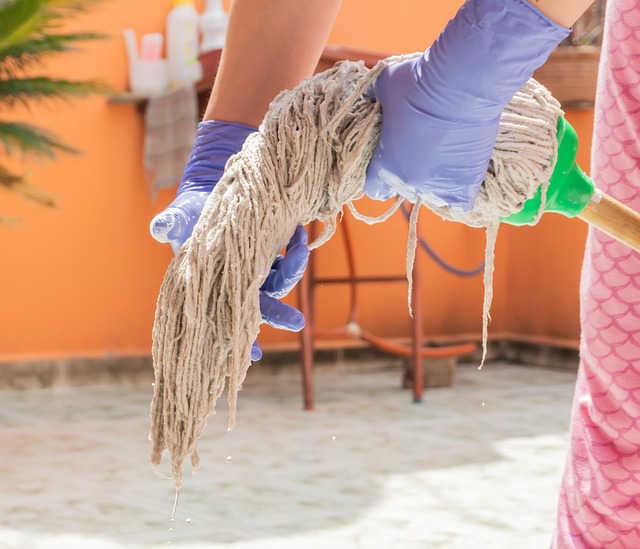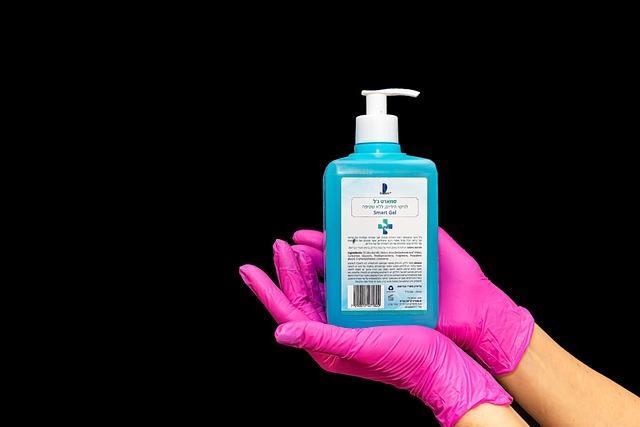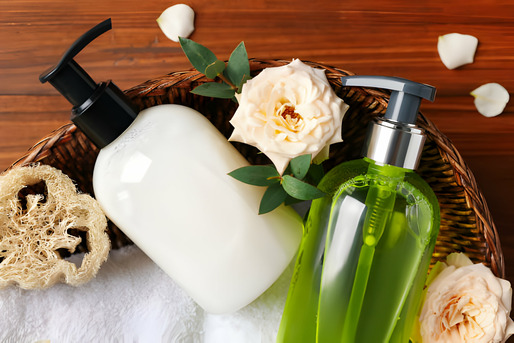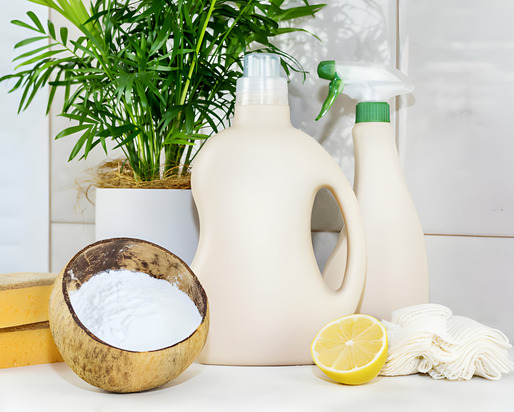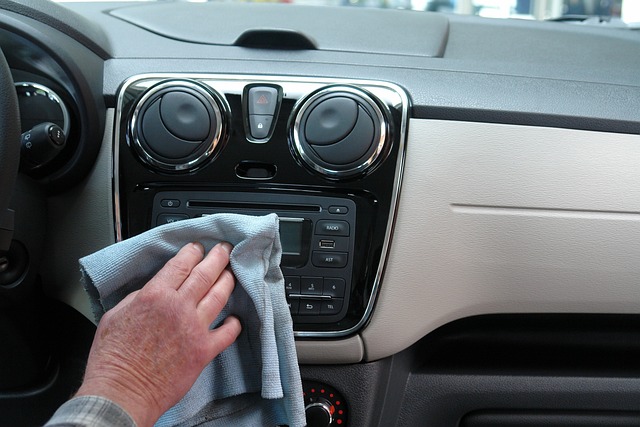Welcome to the Comprehensive Guide on How to Clean and Sanitize Commercial Water Coolers! Imagine this: you’re at the office, mid-meeting, and the water cooler is calling your name. The anticipation of that cool, refreshing sip is almost palpable. But wait, have you ever wondered what’s happening behind the scenes of your trusty hydration companion? That’s where our guide comes in – to unveil the secrets of maintaining a pristine and safe water cooler, ensuring every gulp is as refreshing as the first.
Commercial water coolers are essential fixtures in offices, gyms, and public spaces, providing a convenient and refreshing source of hydration. To ensure the health and safety of users, regular cleaning and sanitization of these water dispensers are paramount. Your commercial water cooler isn’t just a dispenser of hydration; it’s a hub of health, an oasis of freshness. Regular maintenance isn’t just for show – it’s the key to keeping your water cool, your users healthier, and your appliance happier. From ensuring the water tastes as pure as mountain springs to extending the life of your cooler, each wipe and rinse plays a crucial role. In this comprehensive guide, we will explore simple and effective methods to clean and sanitize commercial water coolers, covering everything you need to know to maintain a pristine and safe hydration station.
The Importance of Cleaning and Sanitizing Commercial Water Coolers
1. User Health and Safety
The primary reason to clean and sanitize commercial water coolers is to safeguard the health and safety of individuals who rely on them. Bacteria, mold, and other contaminants can flourish in water dispensers, posing health risks if not addressed promptly.
2. Prolonging Appliance Lifespan
Regular maintenance extends the lifespan of commercial water coolers. Cleaning prevents the buildup of limescale, mineral deposits, and mold, reducing the likelihood of malfunctions and ensuring the dispenser functions optimally for an extended period.
3. Enhancing Water Quality
Clean water coolers contribute to better water quality. Routine cleaning removes impurities and maintains the freshness of the water, ensuring that users enjoy a pleasant and contaminant-free drinking experience.
4. Preserving Taste and Aroma
Over time, residues and contaminants can affect the taste and aroma of water. Proper cleaning prevents these issues, ensuring that the water dispensed remains pure and enjoyable.
Tools and Materials for Cleaning Commercial Water Coolers
1. Mild Dish Soap
Choose a mild, unscented dish soap for cleaning purposes. Harsh chemicals may leave residues and affect the taste of the water.
2. White Vinegar
White vinegar is an excellent natural cleaner that helps dissolve mineral deposits and disinfect the water cooler.
3. Baking Soda
Baking soda is effective in removing odors and stains. It also acts as a gentle abrasive for scrubbing surfaces.
4. Soft Cleaning Cloth or Sponge
Opt for a soft cloth or sponge to avoid scratching the surfaces of the water cooler. Microfiber cloths are ideal for thorough yet gentle cleaning.
5. Toothbrush
A toothbrush is handy for reaching tight spaces and crevices, especially around spigots and dispensing nozzles.
6. Water Dispenser Cleaner Tablets
Commercially available water dispenser cleaner tablets can simplify the cleaning process and ensure thorough sanitization.
7. Disposable Towels
Disposable towels are convenient for drying surfaces after cleaning, preventing the potential introduction of contaminants.
How to Clean the External Surfaces of Commercial Water Coolers
1. Daily Wipe Down
Use a Soapy Solution
Prepare a soapy solution using mild dish soap and warm water. Dampen a soft cloth or sponge in the solution and wipe down the external surfaces of the water cooler daily to remove fingerprints, spills, and dust.
Focus on High-Touch Areas
Pay special attention to high-touch areas like handles, buttons, and dispensing levers. These areas may harbor bacteria and should be cleaned thoroughly.
Weekly Deep Cleaning
Prepare a Vinegar Solution
Mix equal parts white vinegar and water to create a cleaning solution. Dip a soft cloth or sponge into the solution and wipe down all external surfaces of the water cooler.
Remove Stains with Baking Soda
For stubborn stains, make a paste using baking soda and water. Gently scrub stained areas with the paste using a soft cloth or sponge. Rinse thoroughly.
Clean Dispensing Nozzles
Use a toothbrush dipped in the vinegar solution to clean dispensing nozzles and areas around spigots. Ensure all residues are removed for optimal water quality.
Sanitizing Internal Components of Commercial Water Coolers
1. Monthly Deep Cleaning Routine
Empty the Water Reservoir
Before starting the deep cleaning process, disconnect the water cooler from the power source and empty the water reservoir completely.
Use Water Dispenser Cleaner Tablets
Follow the manufacturer’s instructions for using water dispenser cleaner tablets. Typically, you dissolve the tablet in warm water and run the solution through the water cooler.
Let the Solution Sit
Allow the cleaning solution to sit in the reservoir for the recommended time. This ensures thorough disinfection and removal of bacteria and mold.
2. Rinse and Flush
Empty the Cleaning Solution
After the recommended time has passed, empty the cleaning solution from the reservoir.
Rinse with Clean Water
Run clean water through the water cooler to flush out any remaining traces of the cleaning solution.
Sanitize with Vinegar
As a final step, sanitize the reservoir by wiping it down with a cloth soaked in a vinegar solution. This eliminates any lingering odors and ensures a fresh taste.
Regular Maintenance Tips for Commercial Water Coolers
1. Inspect for Leaks
Check Drip Trays
Regularly inspect drip trays for any signs of leaks or spills. Clean and sanitize drip trays to prevent the growth of mold or bacteria.
Examine Water Lines
Inspect water lines for leaks or signs of wear. Address any issues promptly to prevent water damage to the internal components.
2. Replace Water Filters
Follow Manufacturer Recommendations
Adhere to the manufacturer’s recommendations for replacing water filters. Regular filter changes ensure optimal water quality and prevent bacterial growth.
Use Filter Replacement Indicators
If your water cooler has filter replacement indicators, pay attention to them. Replace the filter when indicated to maintain water purity.
3. Clean and Inspect Dispensing Nozzles
Remove Nozzles for Thorough Cleaning
If possible, remove dispensing nozzles for a more thorough cleaning. Soak them in a vinegar solution to dissolve mineral deposits.
Check for Clogs
Regularly check for clogs in dispensing nozzles. Use a toothbrush or a thin, soft brush to clear any blockages.
Troubleshooting Common Issues with Commercial Water Coolers
1. Water Tastes or Smells Strange
Check and Clean the Reservoir
The reservoir may have residues affecting water taste. Clean it thoroughly using a vinegar solution and baking soda paste.
Replace Water Filters
Strange tastes or odors can indicate a worn-out water filter. Replace the filter according to the manufacturer’s guidelines.
2. Water Cooler is Noisy
Inspect for Loose Components
Check for loose or vibrating components that may cause noise. Tighten any loose screws or parts.
Consult the User Manual
Refer to the user manual for troubleshooting tips specific to your water cooler model. It may provide insights into noise-related issues.
Conclusion
And there you have it—a complete journey through the ins and outs of cleaning and sanitizing commercial water coolers. As we raise a metaphorical glass to the conclusion of this guide, let’s celebrate the commitment to cleanliness and the pursuit of a refreshing experience every time you quench your thirst. Remember, a well-maintained water cooler isn’t just a fixture; it’s a statement—a commitment to the well-being and satisfaction of everyone who gathers around it.
So, the next time you take a sip from your water cooler, let it be a moment of not just hydration but also appreciation for the effort you’ve put into keeping it pristine. The journey to a sparkling water dispenser might seem like a small task, but the impact is significant. Here’s to a workplace or communal space where the water flows cool, clean, and inviting—a testament to the importance of a well-maintained hydration station. Cheers to your commitment to clean hydration!







